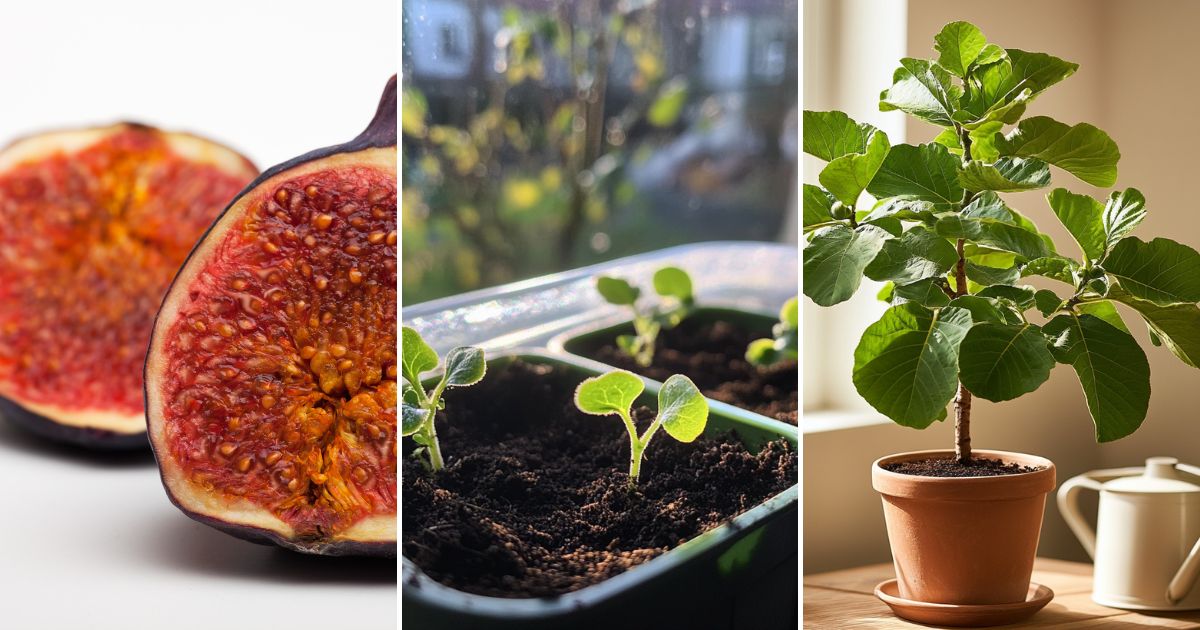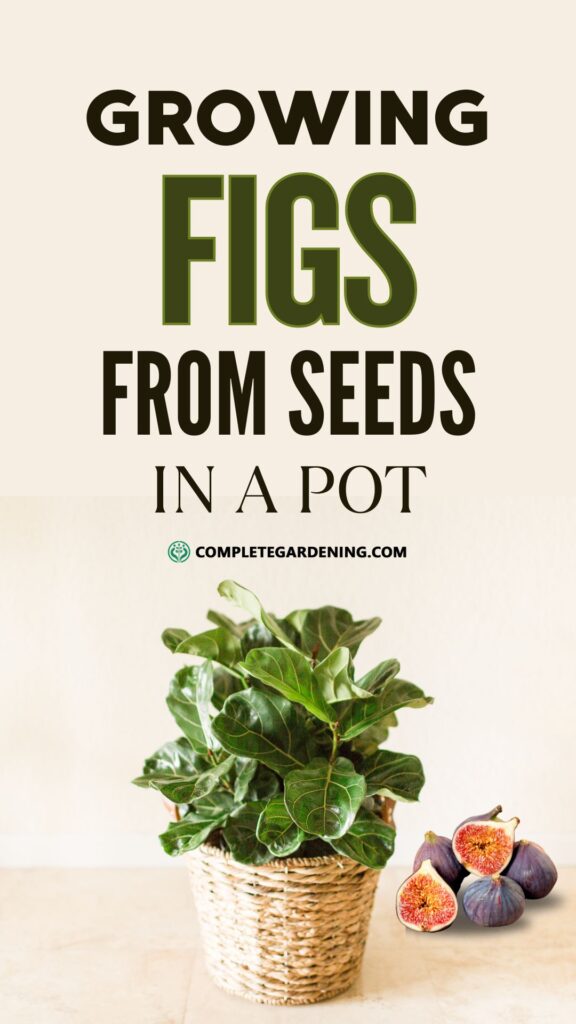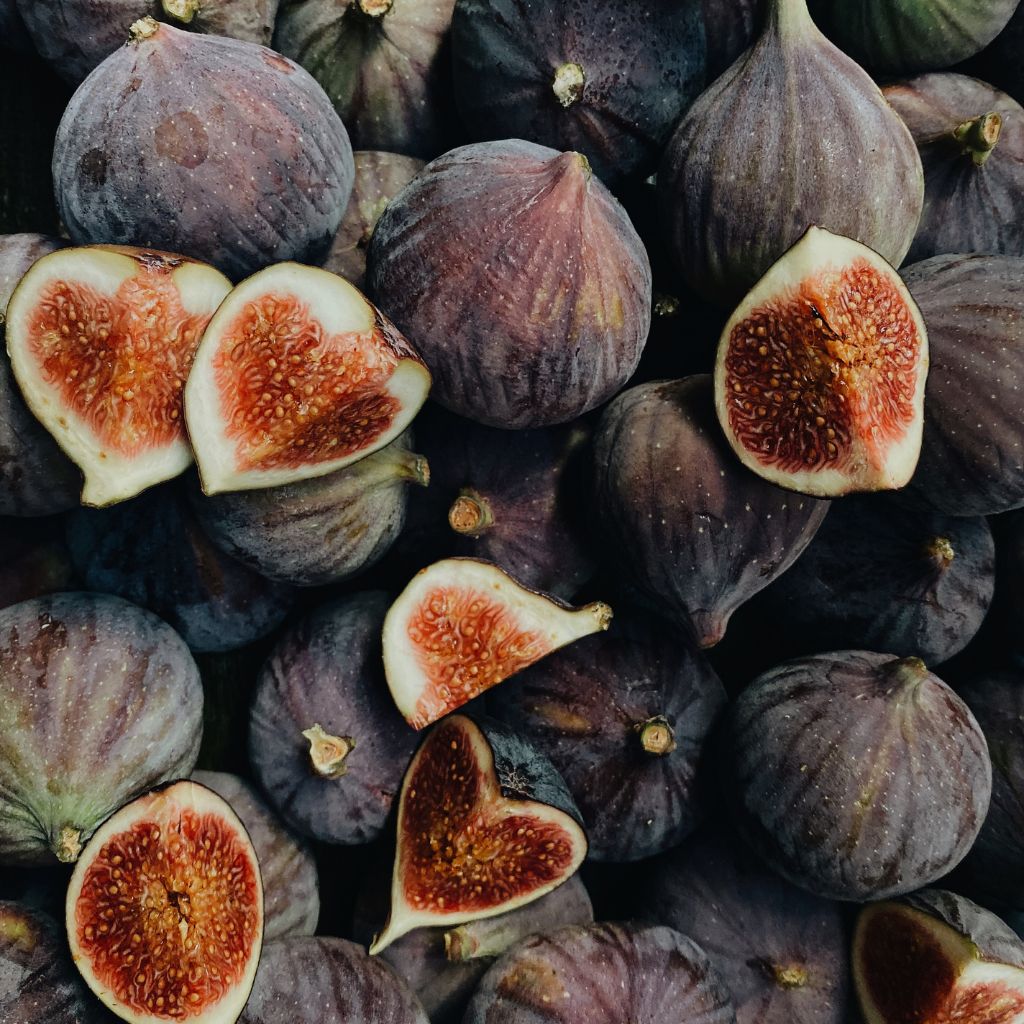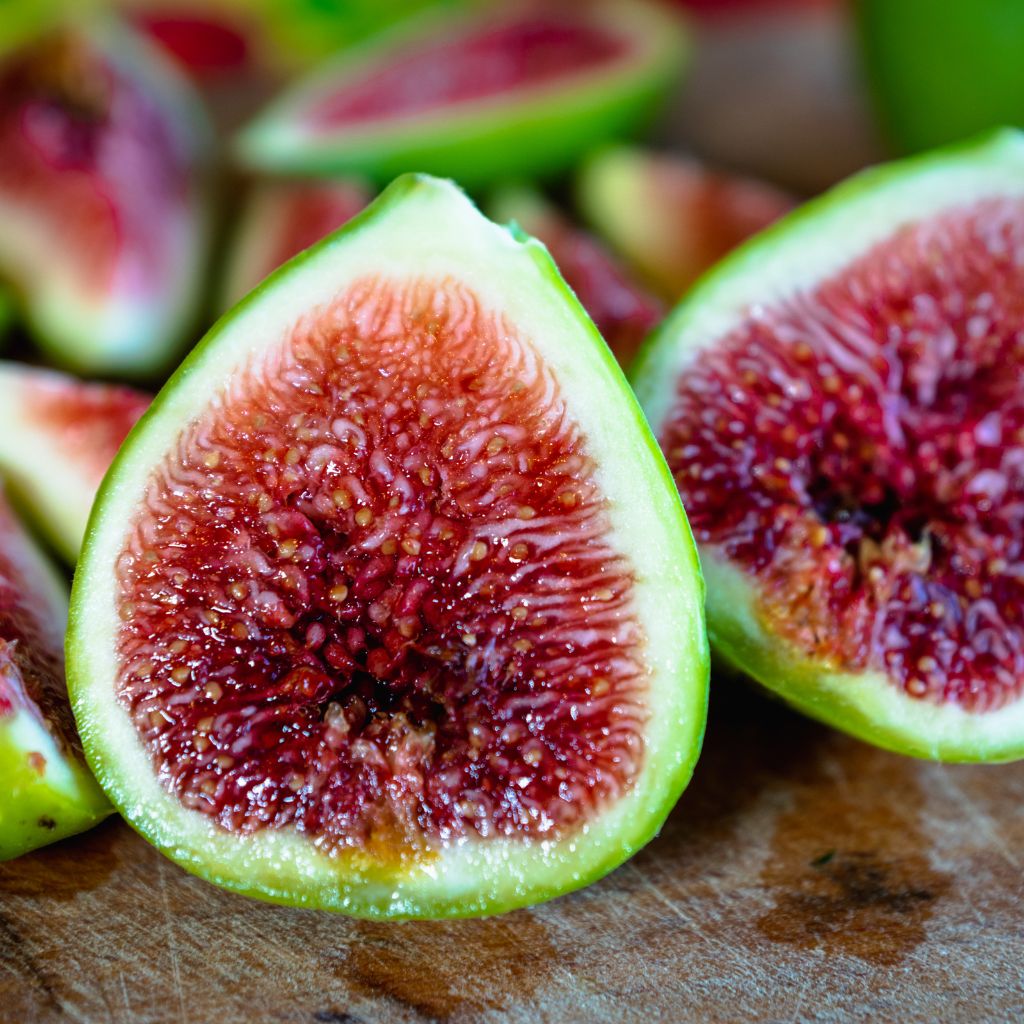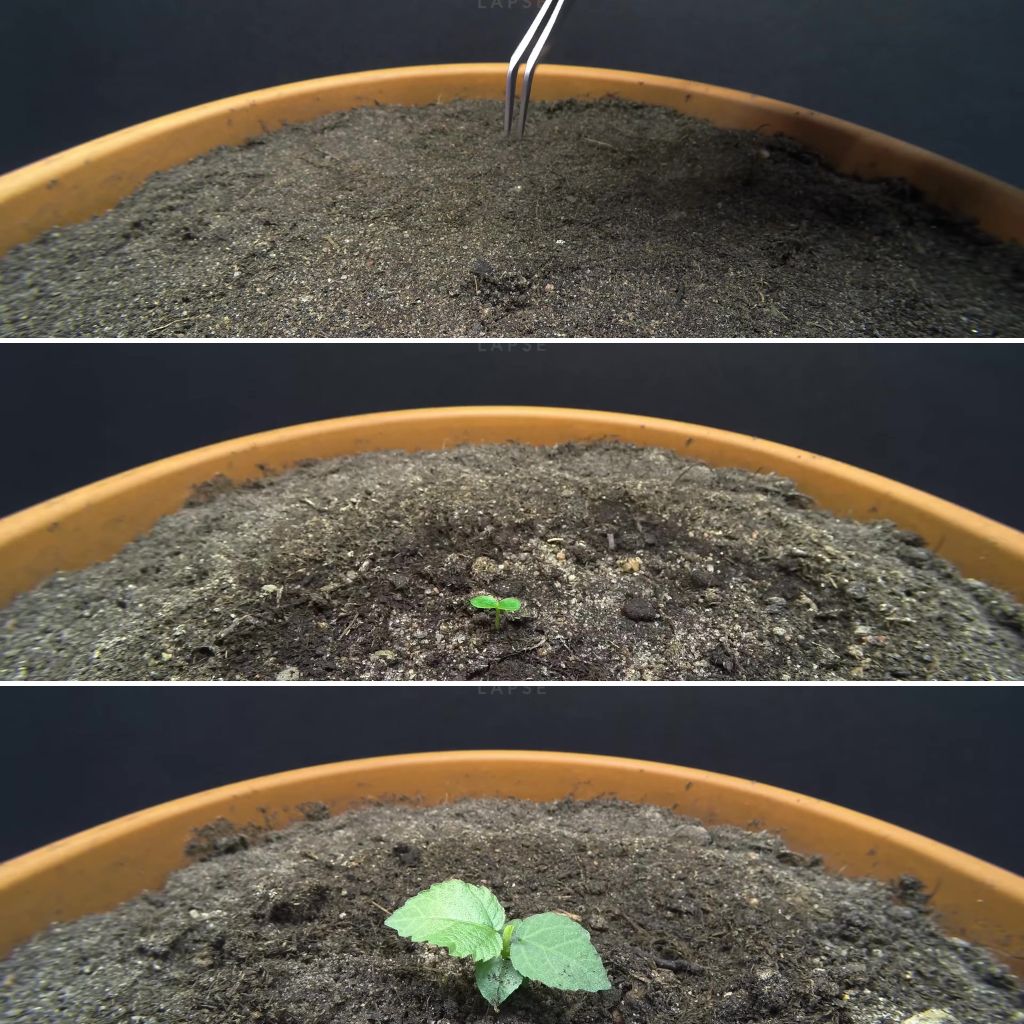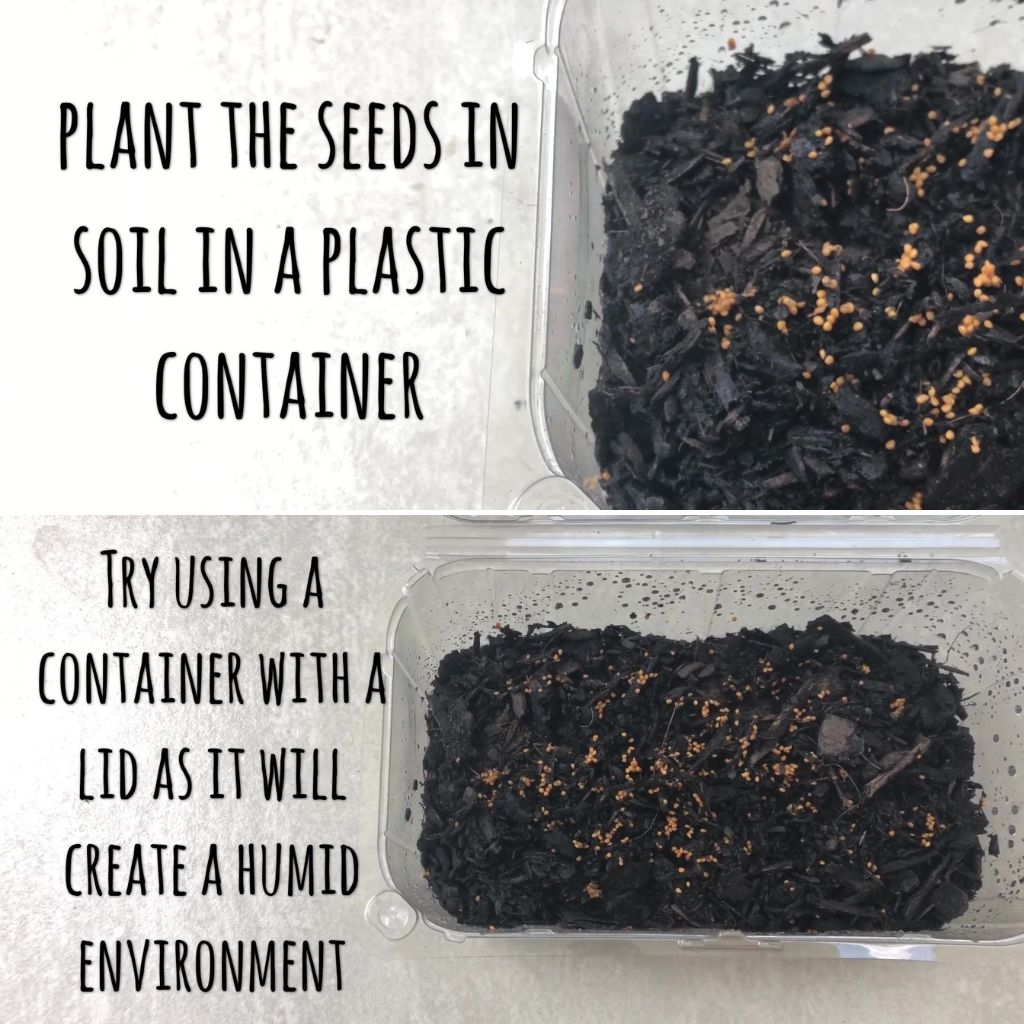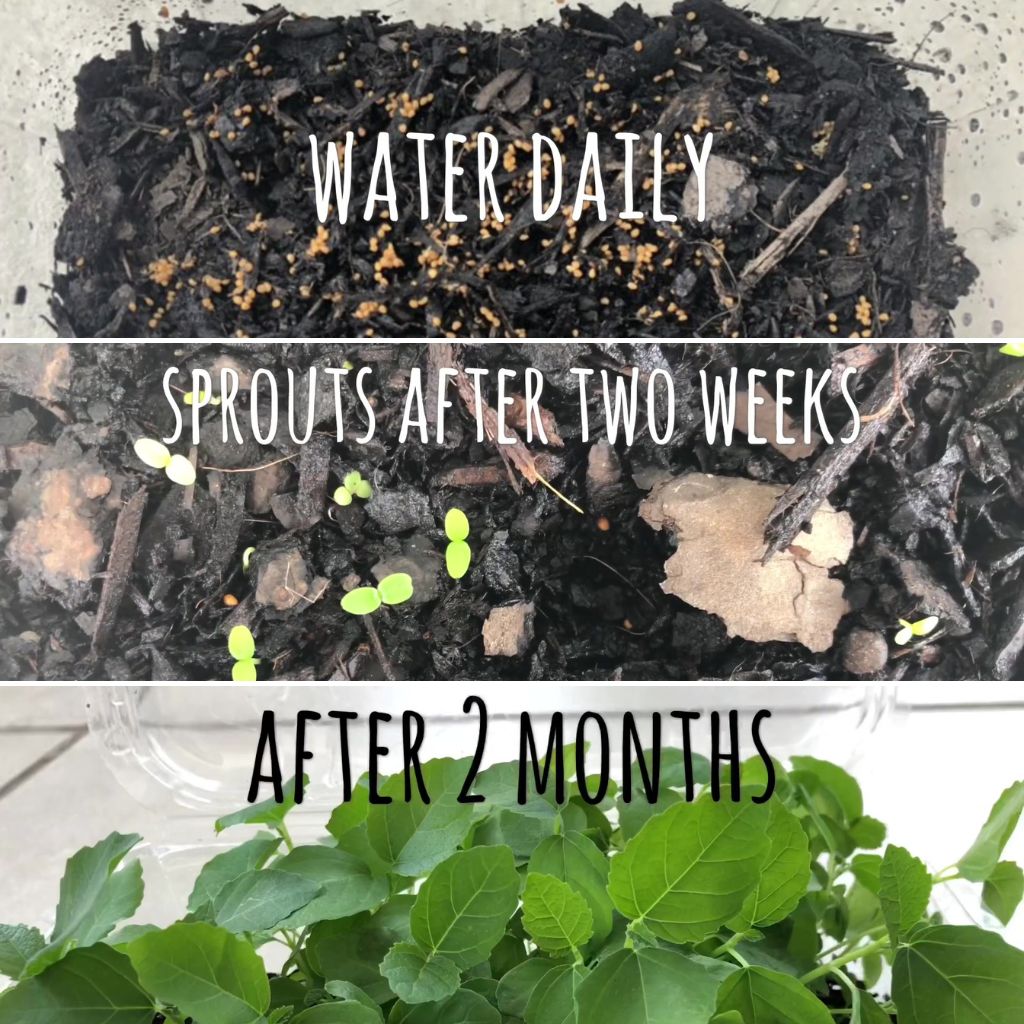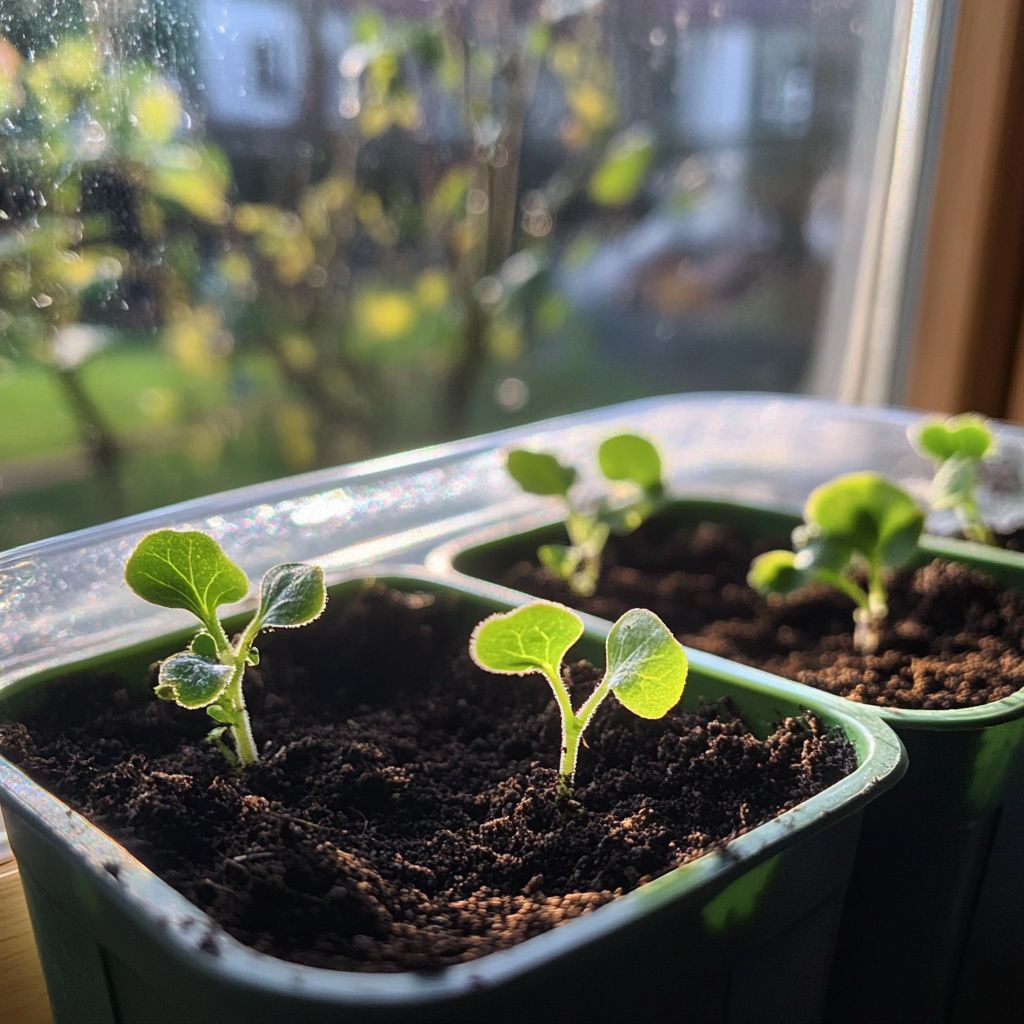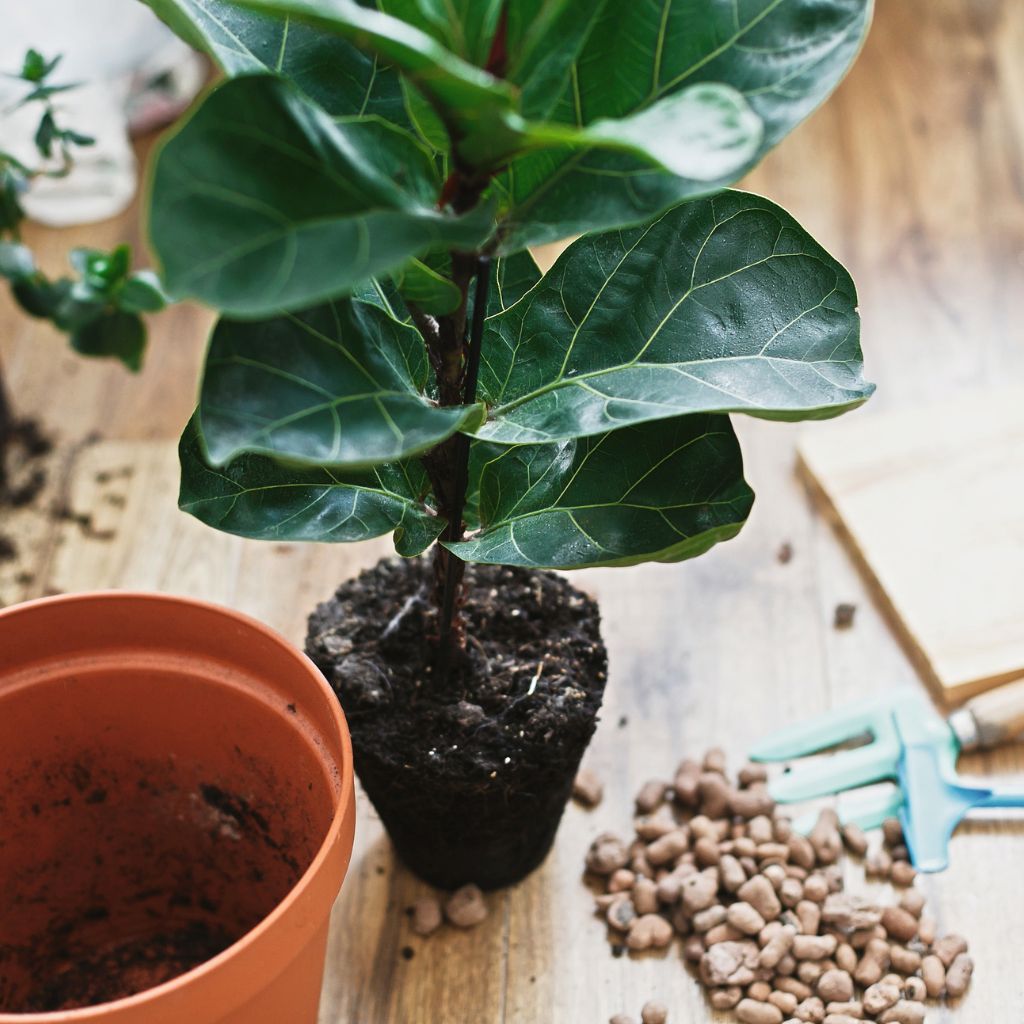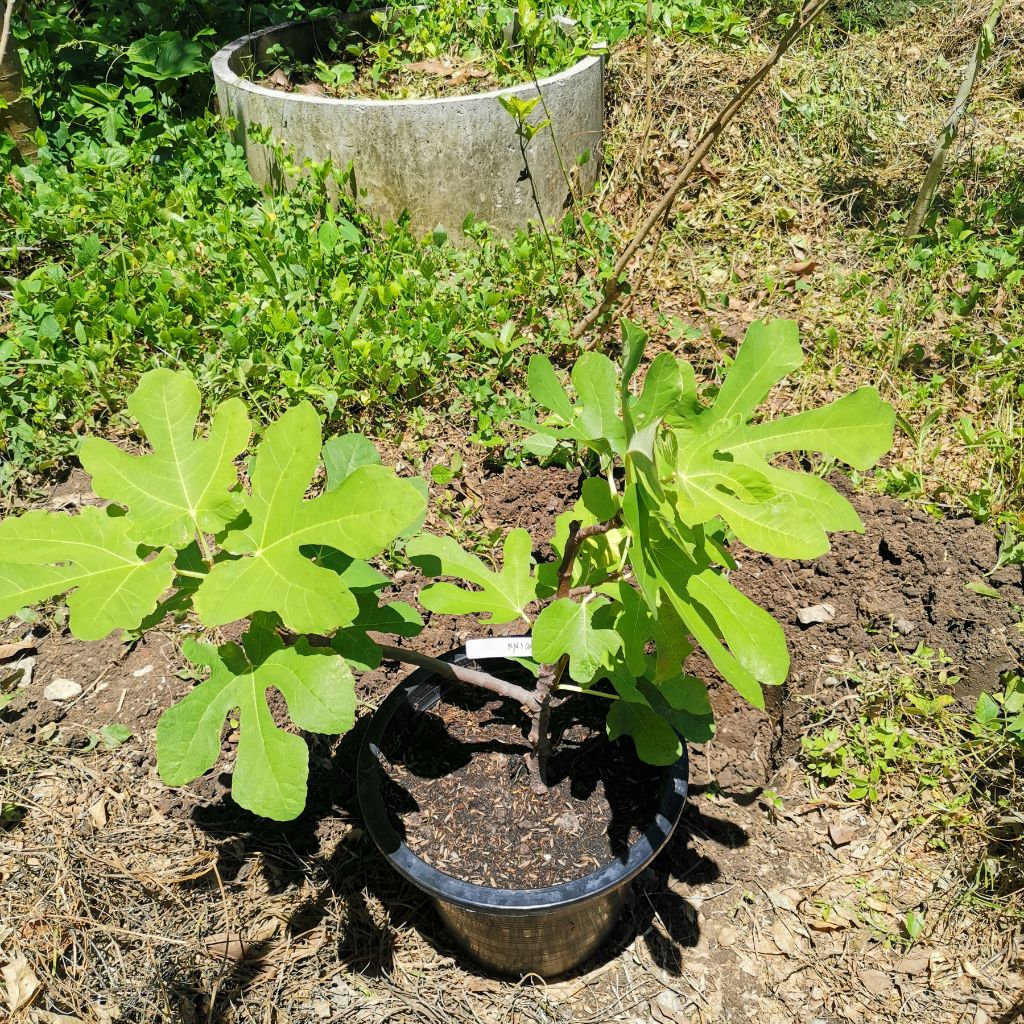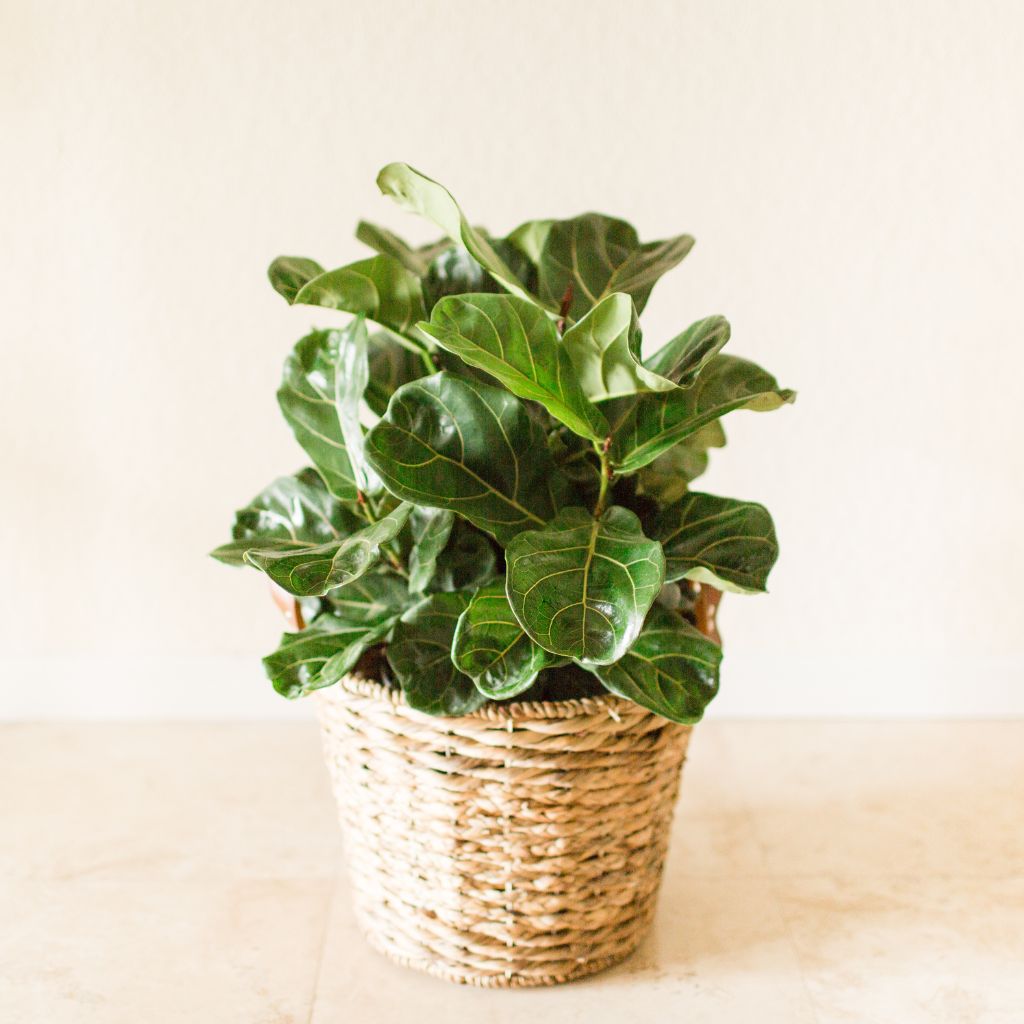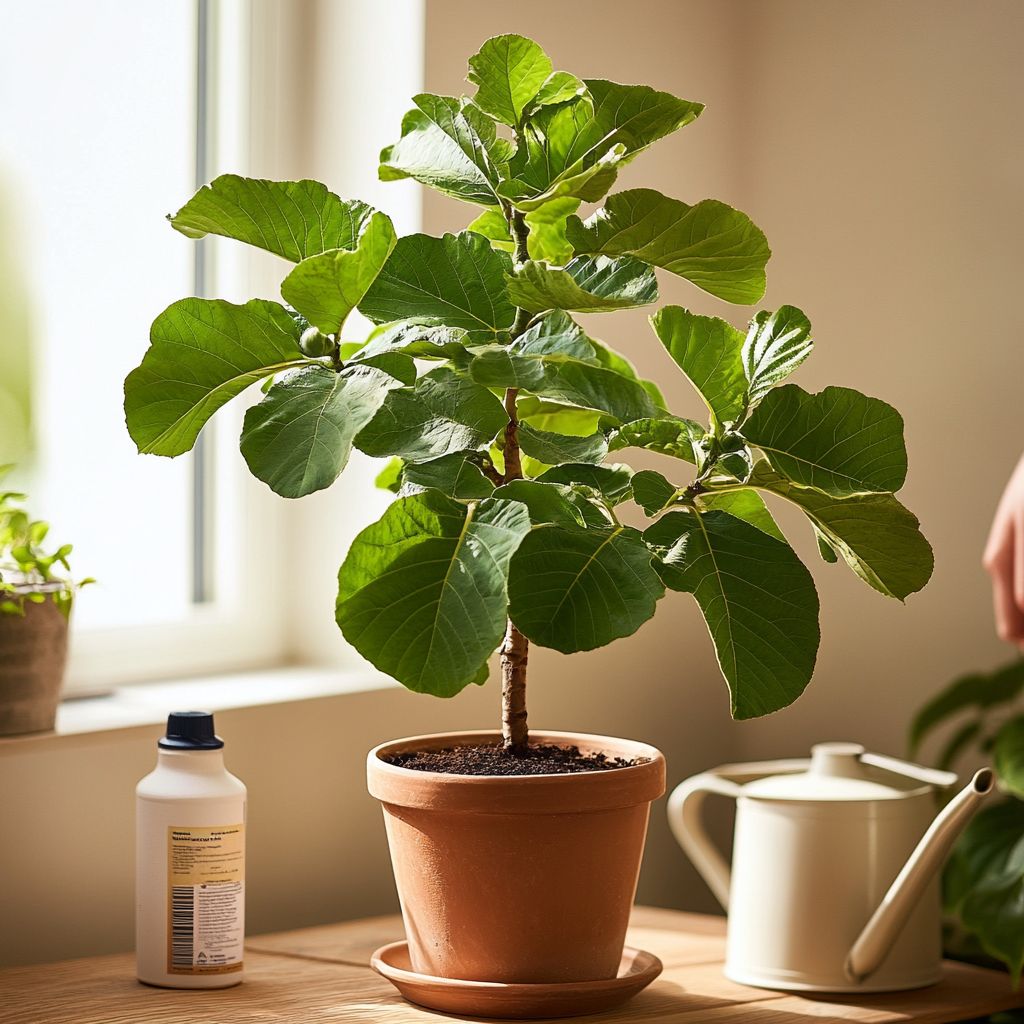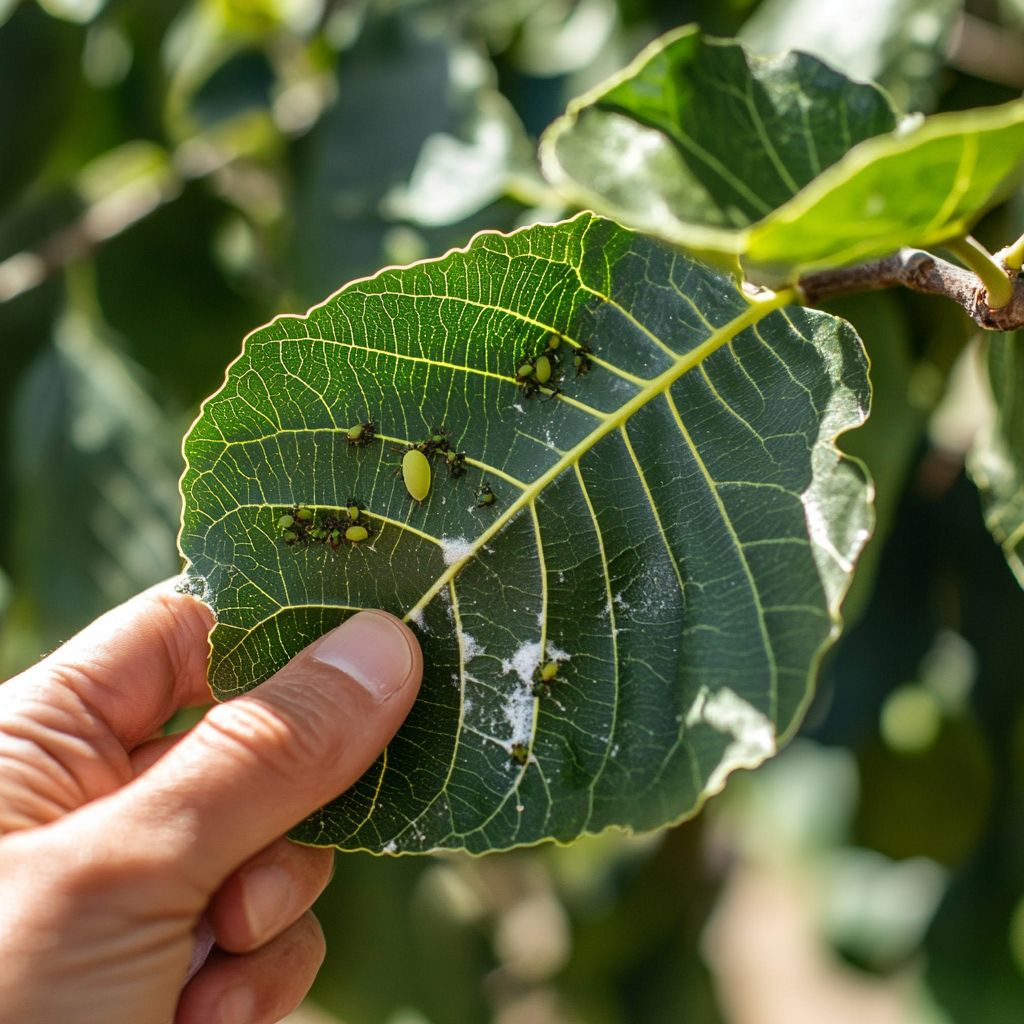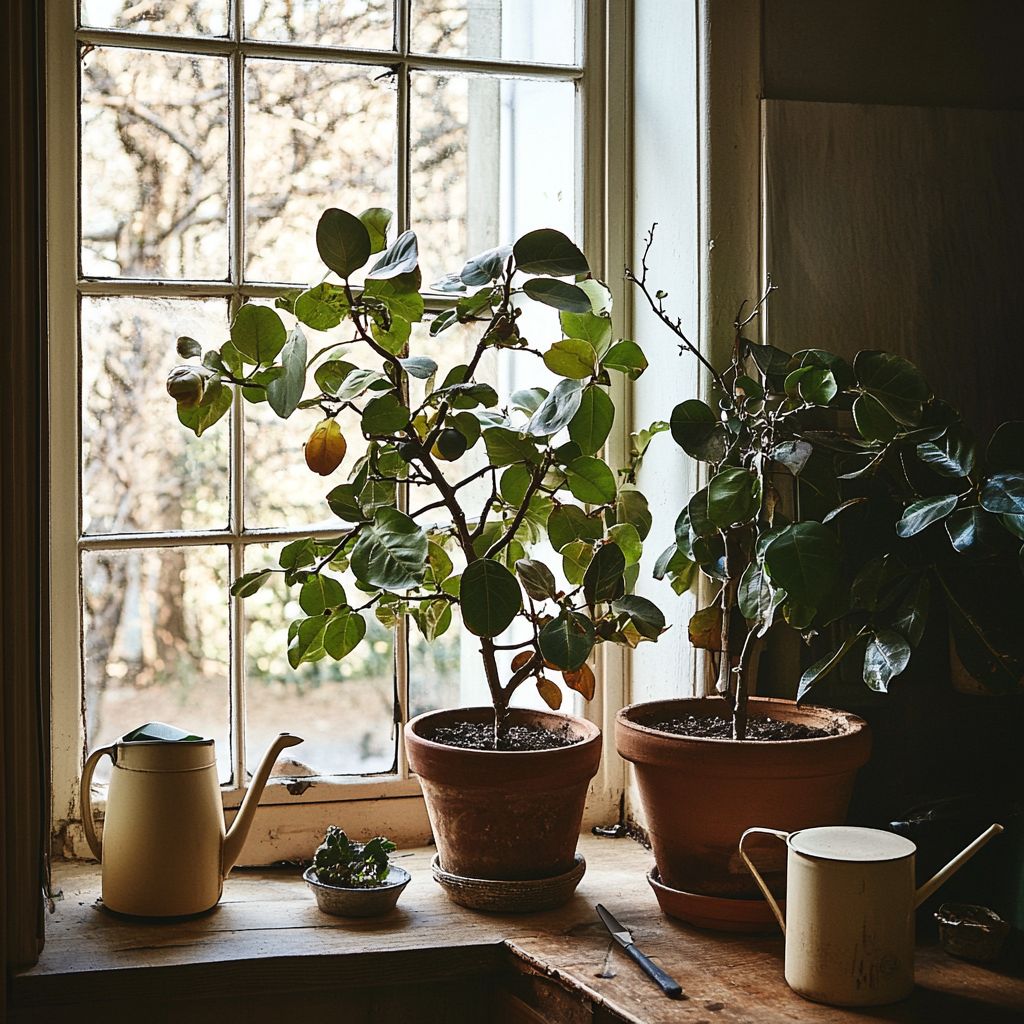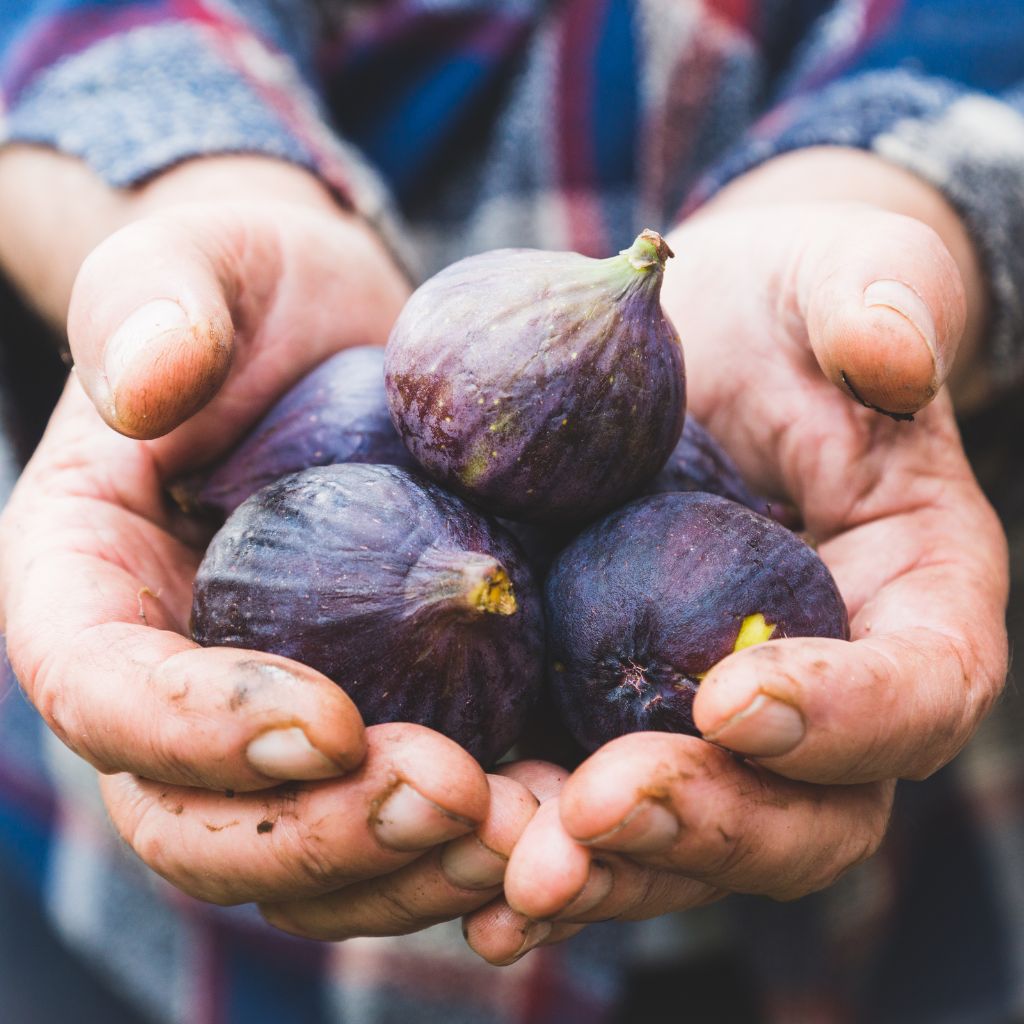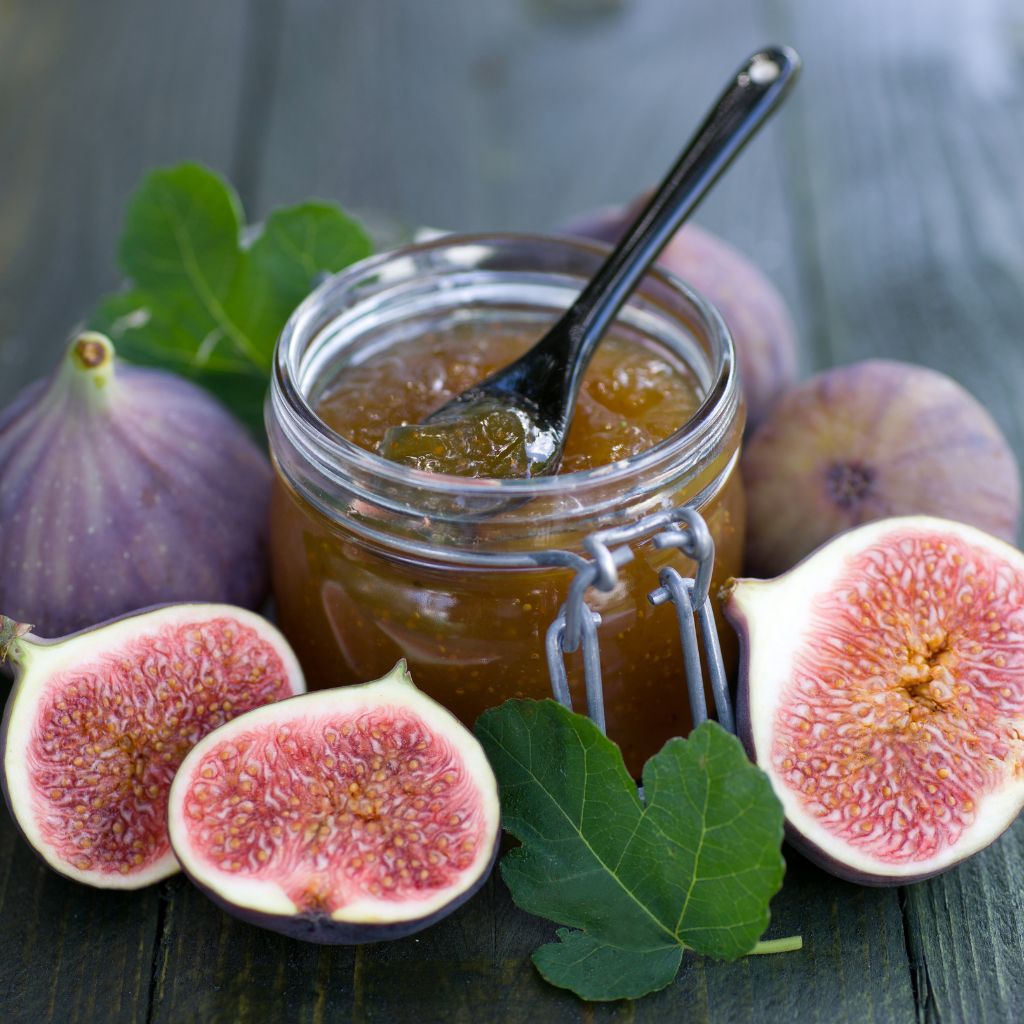Figs are one of the most ancient and cherished fruits, having been cultivated for thousands of years.
Their sweet, rich flavor and versatility in both sweet and savory dishes make them a favorite among gardeners and food enthusiasts alike.
Growing figs from seeds in a pot is not only a rewarding experience but also allows for the cultivation of unique varieties that may differ from the parent plant.
This little guide will walk you through the steps of growing figs from seeds in a pot, ensuring you can harvest homegrown figs with ease.
Why Grow Figs from Seeds?
Growing figs from seeds can be a delightful adventure, offering several benefits that make it worth considering:
Variety Exploration: Unlike growing from cuttings, which produces an identical clone of the parent plant, growing from seeds can result in new and unique fig varieties. This adds an element of surprise and excitement to the process.
Adaptation: Seed-grown fig trees can often adapt better to their growing environment, as they develop from scratch under your specific conditions.
Satisfaction: Watching a fig tree grow from a tiny seed into a fruit-bearing tree is immensely satisfying and can deepen your connection with your garden.
Choosing and Preparing Fig Seeds
The first step in growing figs from seeds is selecting and preparing the seeds. You can purchase fig seeds from a reputable supplier, but for a more hands-on approach, you can also harvest seeds from a fresh fig.
Harvesting Seeds from Fresh Figs
If you choose to harvest seeds yourself, follow these steps:
Select a Ripe Fig: Choose a fresh, fully ripe fig from a mature tree.
Extract the Seeds: Cut the fig in half and carefully scoop out the pulp and seeds.
Separate the Seeds: Place the pulp in a bowl of water and stir gently. Viable seeds will sink to the bottom, while non-viable seeds and pulp will float. Discard the floating material.
Dry the Seeds: Spread the viable seeds on a paper towel and let them dry for a day or two before planting.
Preparing the Seeds for Planting
Before planting, it’s important to prepare the seeds to enhance their chances of germination:
1. Soak the Seeds: Soak the dried seeds in water for 24 to 48 hours. This helps soften the seed coat and kick-starts the germination process.
2. Scarification: To further aid germination, you can lightly scarify the seeds by gently nicking the outer coat with a file or knife. This allows water and nutrients to penetrate more easily.
Planting the Fig Seeds
Once your seeds are prepared, it’s time to plant them. Growing figs in pots allows you to control the environment more effectively, which is crucial for seed germination and seedling development.
Choosing the Right Soil and Pot
Fig trees thrive in well-drained soil that is rich in organic matter. You can create an ideal potting mix by combining equal parts of peat, perlite, and fine volcanic rock or coarse sand.
This mix ensures good drainage while retaining enough moisture for the seeds to germinate.
Select a pot that has good drainage holes at the bottom to prevent waterlogging. For seedlings, a shallow seedling tray or small pots (about 4 inches in diameter) work well.
Planting Process
Fill the Pot with Soil: Fill your pot or seedling tray with the prepared potting mix, leaving about an inch of space at the top.
Plant the Seeds: Scatter the seeds over the surface of the soil. If you’re planting in individual pots, place 2-3 seeds per pot. Lightly press the seeds into the soil, but do not bury them too deep—about 1/8 inch is sufficient.
Watering: Gently water the soil to moisten it without making it soggy. Use a spray bottle to avoid displacing the seeds.
Caring for Fig Seedlings
Once planted, your seeds will need specific care to ensure they germinate and grow into healthy seedlings.
Light and Temperature
Place the pots in a warm area that receives indirect sunlight for at least 6 hours a day. Fig seeds typically germinate best at temperatures between 70-75°F (21-24°C).
You can cover the pots with plastic wrap or a clear lid to create a mini greenhouse effect, which helps retain warmth and moisture.
Watering and Humidity
Keep the soil consistently moist but not waterlogged. Overwatering can lead to fungal growth and seed rot, so it’s crucial to strike the right balance.
You can maintain humidity by placing the pots on a tray filled with pebbles and water or by misting the soil regularly.
Germination
Fig seeds usually germinate within 2-4 weeks. Once you see sprouts, remove the plastic cover and continue to provide ample light and moisture.
As the seedlings grow, they will develop their first set of true leaves, which signifies that they are ready for transplanting.
Transplanting and Growing On
After the seedlings have developed a few inches in height and have at least two sets of true leaves, they can be transplanted into larger pots.
This stage is critical as the young plants will need more space and nutrients to continue growing.
Transplanting Process
Prepare Larger Pots: Choose pots that are about 6-8 inches in diameter. Ensure they have good drainage.
Soil Preparation: Use the same potting mix you used for germination. Fill the pots, leaving enough space for the seedling.
Transplanting: Carefully remove the seedlings from their original pots, taking care not to damage the roots. Place them in the new pots and fill in with soil around the root ball.
Watering: Water the transplanted seedlings thoroughly and place them in a spot with bright, indirect sunlight.
Caring for Young Fig Trees
As your fig seedlings grow, they will need continued care to develop into healthy trees.
Watering and Feeding
Water the young fig trees regularly, allowing the soil to dry slightly between waterings. Overwatering can lead to root rot, so it’s important to avoid keeping the soil too wet.
Once the trees are established, typically after 6 months, you can begin feeding them with a diluted, balanced fertilizer every 4-6 weeks during the growing season.
Light Requirements
Figs require full sun to thrive, so ensure your pots are placed in an area that receives at least 6 hours of direct sunlight daily. If growing indoors, place the pots near a sunny window or use grow lights to supplement natural light.
Pruning
Pruning helps maintain the shape and encourages healthy growth. For young trees, pruning should be minimal—focus on removing any dead or damaged leaves.
As the tree matures, more structured pruning can be done during the dormant season to shape the tree and promote better fruit production.
Managing Pests and Diseases
While fig trees are relatively hardy, they can be susceptible to pests and diseases, especially when grown in pots.
Common Pests
Aphids: These small insects can cluster on the leaves and stems, sucking sap and weakening the plant. Use insecticidal soap or neem oil to control aphids.
Scale Insects: These pests appear as small, brown bumps on the stems and leaves. They can be removed manually or treated with horticultural oil.
Spider Mites: These tiny pests can cause yellowing leaves and a web-like appearance. Regular misting and maintaining high humidity can help deter them.
Diseases
Leaf Spot: This fungal disease causes brown or black spots on the leaves. Remove affected leaves and improve air circulation around the plant.
Root Rot: Caused by overwatering, root rot can be fatal to fig trees. Ensure proper drainage and avoid letting the pots sit in water.
Overwintering Your Fig Tree
In colder climates, fig trees grown in pots need protection during the winter months. Before the first frost, bring your fig trees indoors or move them to a sheltered location like an unheated garage or basement.
Winter Care Tips
Water Sparingly: During winter, fig trees enter dormancy and require less water. Water only when the top few inches of soil are dry.
Temperature Control: Keep the trees in a cool, frost-free environment, ideally between 35-45°F (1-7°C).
Light: While dormant, fig trees don’t need much light. However, if they’re still growing, provide some indirect sunlight.
Harvesting Homegrown Figs
With proper care, your fig tree may begin to produce fruit after 3-5 years. Harvesting figs is a straightforward process, but timing is key to enjoying the best flavor.
When to Harvest
Figs are ripe when they are soft to the touch and start to droop on the stem. The fruit should have a sweet aroma and may change color depending on the variety.
Ripe figs should be harvested promptly as they do not continue to ripen off the tree.
How to Harvest
To harvest, gently twist the fig from the stem or use a pair of scissors to cut it off. Be careful not to damage the fruit, as figs are delicate and can bruise easily.
Growing figs from seeds in a pot is a rewarding journey that offers the chance to cultivate unique varieties and enjoy fresh, homegrown figs.
While it requires patience and care, the process is relatively straightforward and suitable for gardeners of all skill levels.
By following the steps outlined in this guide—from seed preparation and planting to ongoing care and harvesting—you can successfully grow your own fig tree and enjoy the fruits of your labor for years to come.
